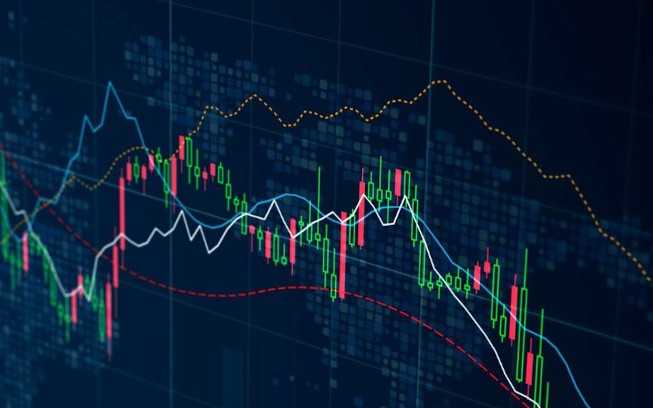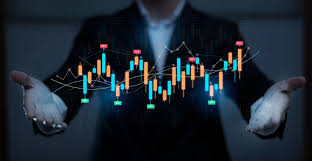
An Essential Forex Trading Course for Beginners
Are you interested in entering the dynamic world of forex trading? This forex trading course for beginners Cameroonian Trading Platforms course is designed specifically for beginners. In this guide, we will cover the basics of forex trading, provide useful strategies, and help you develop the skills required to succeed in the forex market.
What is Forex Trading?
Forex, or foreign exchange, is the global market for trading national currencies against one another. With a daily trading volume exceeding \$6 trillion, it is the largest and most liquid financial market in the world. Forex trading occurs 24 hours a day, five days a week, allowing traders to capitalize on currency fluctuations at any time.
How Forex Trading Works
In forex trading, currencies are traded in pairs, such as EUR/USD (Euro/US Dollar) or GBP/JPY (British Pound/Japanese Yen). Each pair has its exchange rate, which represents how much of the second currency is needed to purchase one unit of the first currency. Traders speculate on the price movements of these pairs, aiming to profit from favorable shifts in exchange rates.
Understanding the Forex Market
The forex market consists of various players, including individuals, banks, corporations, and governments. Quotes and price movements are driven by a range of factors:
- Economic Indicators: Reports such as GDP growth rates, employment data, and inflation figures can influence currency strength.
- Geopolitical Events: Political instability, trade disputes, and elections may lead to market volatility.
- Interest Rates: Central banks adjust interest rates to control inflation or stimulate economic growth, affecting currency values.
Key Terminology
Before diving into forex trading, it is crucial to understand some key terms:
- Pip: The smallest price move in a currency pair, typically the fourth decimal place.
- Lot: A standardized unit of measurement in forex trading. A standard lot is 100,000 units of currency, while mini and micro lots represent 10,000 and 1,000 units, respectively.
- Leverage: Using borrowed capital to increase potential returns. Leverage can magnify profits but also increases risk.
- Margin: The amount of money required to open and maintain a leveraged position.
- Spread: The difference between the buying and selling price of a currency pair.
Tools for Forex Trading

Successful forex traders utilize various tools and resources:
- Trading Platforms: Software applications that allow traders to execute transactions. Popular platforms include MetaTrader 4 (MT4), MetaTrader 5 (MT5), and TradingView.
- Charts and Indicators: Visual representations of price movements that help traders identify trends. Common indicators include Moving Averages, Relative Strength Index (RSI), and Bollinger Bands.
- News Feeds: Real-time updates on economic events and market news that can impact currency prices.
Developing a Trading Strategy
Having a solid trading strategy is essential for success. Here are some popular approaches:
- Scalping: A short-term trading strategy that involves making numerous trades throughout the day to capitalize on small price movements.
- Day Trading: A strategy where traders open and close positions within the same trading day to avoid overnight exposure.
- Swing Trading: A medium-term approach that involves holding positions for several days or weeks to take advantage of price swings.
- Position Trading: A long-term strategy that focuses on fundamental analysis, where traders hold positions for months or years.
Risk Management in Forex Trading
Effective risk management is crucial for safeguarding your trading capital:
- Set a Stop-Loss Order: A predetermined price level at which a position will be closed to mitigate losses.
- Diversify Your Portfolio: Avoid putting all your capital into a single trade or currency pair to reduce exposure to risk.
- Control Your Emotions: Stay disciplined and avoid impulsive decisions based on fear or greed.
Choosing a Forex Broker
Selecting the right forex broker is a vital step. Look for:
- Regulation: Ensure the broker is regulated by a reputable authority, as this provides a level of security for your funds.
- Trading Conditions: Consider spreads, commissions, and execution speeds.
- Customer Support: Accessible and responsive customer service can help resolve issues promptly.
Conclusion
Starting your forex trading journey can be both exciting and overwhelming. By taking a comprehensive forex trading course tailored for beginners, you can build a solid foundation in trading principles, strategies, and risk management. Remember to practice with a demo account before committing real capital. As you gain experience, you will sharpen your skills and grow your confidence in this fascinating financial market.
With dedication and the right educational resources, including an insightful forex trading course, you will be well on your way to becoming a successful forex trader.
